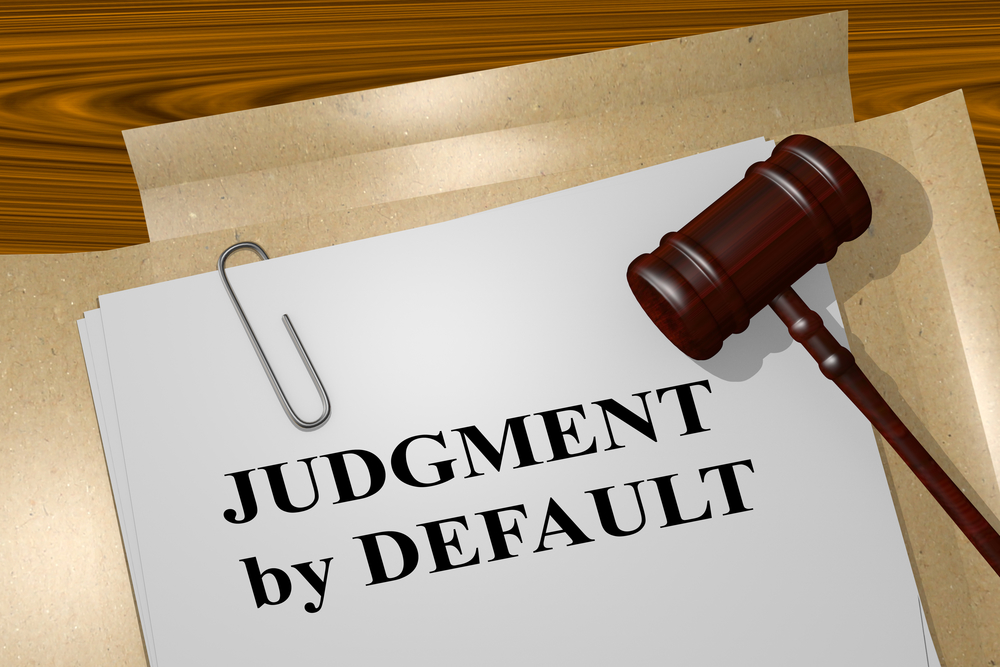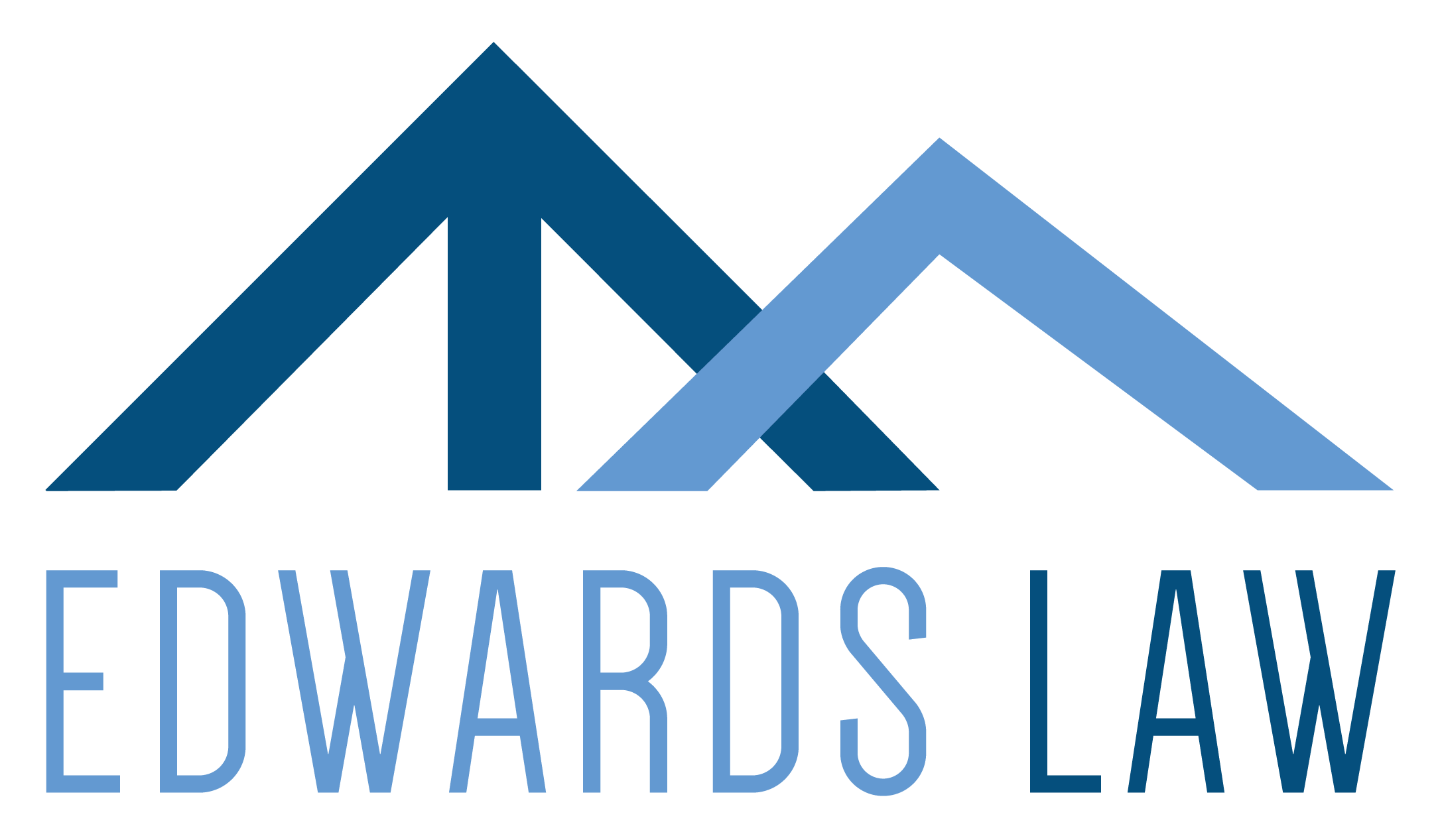
26 Mar What You Need to Do Before You Can Collect On a Default Judgment
In our last several blogs we have discussed what you and your company should do to perfect your money judgment or non-money judgment before you can enforce it, and how to find your judgment debtor’s assets through a Rule 69 exam. However if your entitlement to payment is based on a party’s failure to respond to your complaint (i.e., a “default”), you need to obtain what’s called a “default judgment” before you can pursue collection activity against your judgment debtor.
What is a Default?
A default occurs when a party you are suing fails to respond to your complaint or defend the lawsuit. If the party you are suing does not respond to your complaint or take any other action to defend himself in the litigation, your attorney must request the entry of default against him before you can obtain a default judgment. You can request entry of default either after the no-show party fails to respond to your complaint within the permitted deadline (up to 90 days in certain circumstances) or during any stage in the litigation in which the party fails to participate or defend.
Obtaining a Default Judgment—Two-Step Process
Obtaining a default judgment involves a two-part process, where your attorney must request (1) an entry of default by the clerk of the court (or in rare cases the court itself) and (2) a default judgment by the clerk or the court (depending on whether the amount of money sought is a “sum certain”), after default has been entered.
Entry of Default
The first step is to obtain an entry of default, in most cases from the clerk of court. The entry of default allows you to obtain a default judgment without proving your case to the court. To effect an entry of default by the clerk where your opponent has failed to respond to your complaint, you need to (1) notify the clerk of the defendant’s default and (2) request that the clerk enter the default in the docket, with the filing of an Application or a Request for Certificate of Default. Some courts will provide you with a form for this.
Your Application or Request for Certificate of Default should also include an affidavit setting forth your opponent’s default. Specifically, the affidavit should:
- Establish that service of the complaint on the defaulting party was proper
- Describe in detail any of your or your attorney’s post-service communication or attempts at communication with the defaulting party or her attorney
- Specify the deadline that the defaulting party had for responding to your complaint and
- Describe the defaulting party’s failure to respond
Also, most courts require the affidavit to include a statement that the defendant is not a minor; an incompetent person; or a member of the military.
Once the clerk receives your filing, it will review the request to see if it demonstrates that the defaulting party has failed to answer or file a responsive pleading (i.e. a motion to dismiss) in a timely manner. If it does, the clerk must enter the default. The clerk’s entry of default does not determine the party’s rights or remedies, and does not guarantee that the court will give you a default judgment. It simply prohibits the defaulting party from answering or contesting liability unless he can successfully vacate the default.
Default Judgment
A default judgment is the actual judgment against the defaulting party, based on the clerk’s entry of default in the docket. A default judgment cannot exceed the amount or differ in kind from the amount that you demanded in your complaint. Also a default judgment will typically not be entered against one party if you are suing numerous parties in the same lawsuit and your claims against these other parties are still pending. This prevents inconsistent or incomplete judgments.
You can request a default judgment any time after you receive your entry of default from the clerk. Best practice is to obtain your default judgment immediately after obtaining the entry of default to avoid dismissal of your lawsuit. If your lawsuit is dismissed, you will have no judgment to enforce.
From the Clerk
You can obtain a default judgment from the clerk if your judgment is for a “sum certain.” This means there must be no doubt about the amount that is owed to you, and that the clerk does not need to weigh evidence about the amount due. For example, if you have loan documents that detail the formula for calculating the amount due, you simply need to set forth this calculation in your default judgment papers, and attach the loan documents to your filing. However, if your loan documents allow you to collect attorneys’ fees, this amount typically is not a “sum certain”, and you’d be required to seek a default judgment from the court, not the clerk.
Similar to the Application or Request for Entry of Default, you must file an Application or a Request for Default Judgment with the clerk. You must also prepare and include with your Application an affidavit that sets forth the amount of the judgment plus allowed interests, costs, and disbursements. Specifically, the affidavit must state:
- That default was properly entered against the defaulting party
- That the defaulting party is not a minor or an incompetent person
- The defaulting party’s military status
- The default sought is (1) for a sum certain and (2) does not exceed the amount demanded in the pleadings.
Just like with the Application or Request for Entry of Default, if you include all of the above information in your affidavit and all conditions are met, the clerk must enter a default judgment in your favor.
From the Court
If your damage amount is not for a “sum certain”, or if your defaulting party filed a responsive pleading early on in the case but failed to otherwise defend himself in the lawsuit, you will need to motion the court for a default judgment.
To obtain a default judgment from the court, you must demonstrate to the court that the default was properly entered. Your motion for default judgment must include the same proof that you would submit to the clerk of court (in addition to legal authority, a proposed order, proof of service and a request for oral argument if desired), but the court in this circumstance has discretion over whether or not to grant you a default judgment, and how much to award you in damages.
If motioning the court for a default, you must provide evidence to the court that allows it to determine the amount of money owed to you, with reasonable certainty. You can do this via affidavit or via testimony at an evidentiary hearing, if the court allows. The court may also in its discretion hold a hearing or make referrals to conduct an accounting, review evidence or investigate any other matter is deems appropriate to make its ruling.
Once you receive a default judgment from the clerk or the court, you can perfect and enforce this type of judgment just like any other money judgment.
Properly obtaining a default judgment is complex and should be completed only under the advice of an attorney. Call Edwards Law today if you have filed a lawsuit against a no-show party and want to collect against the defaulting party.


No Comments